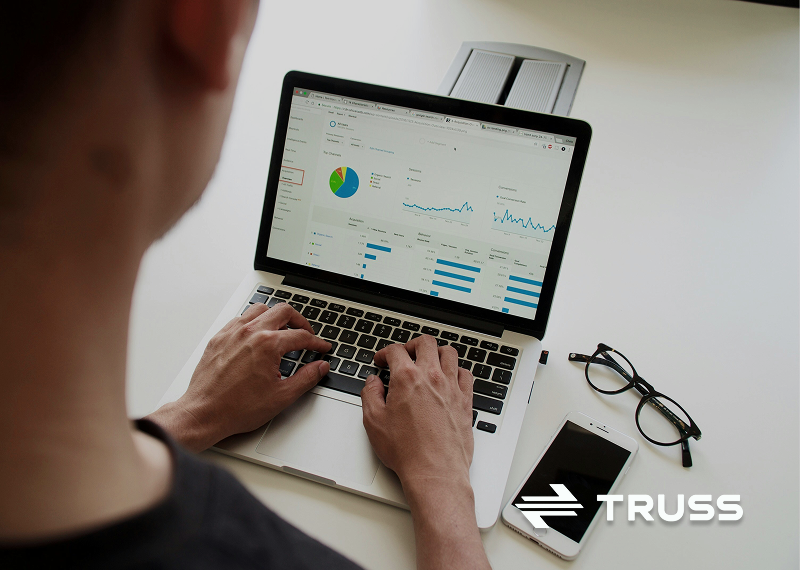Construction Cost Estimating: How Contractors Can Improve Accuracy and Control
Accurately estimating costs is one of the most critical steps in running a successful construction project. Construction cost estimating isn’t just about guessing numbers—it’s about understanding your project’s scope, predicting expenses, and setting a realistic construction budget estimate that protects your bottom line. Without precise construction estimation, projects can quickly go over budget, deadlines can slip, and your construction cost control efforts may fall short.
Key Takeaways
- Accurate construction cost estimating can help control outgoing payments for each project.
- A detailed construction budget estimate helps contractors manage resources and reduce financial risk—so your business can keep operating.
- Using a reliable construction budget management system ensures payments, labor, and materials are tracked efficiently, helping projects stay on budget.
Understanding Construction Cost Estimating
Construction cost estimating is the process of forecasting the total expenses required to complete a project. This includes labor, materials, equipment, subcontractor payments, and even permits or contingency costs. By creating a detailed construction budget estimate, contractors can identify potential cost overruns before they happen and maintain better control over project finances.
Construction budget management practices, such as categorizing costs and assigning line items, provide contractors with a clear picture of where money is being spent. In order to keep an accurate budget in construction, consider using a tool like Truss to simplify payment tracking and budget oversight. Key elements to include in your construction cost estimating process are:
- Labor Costs: Forecast wages for your team and subcontractors, including overtime and benefits, to avoid surprises. Truss can streamline paying subcontractors securely and on time.
- Materials: Track the cost of all materials required for your project, including delivery fees and potential price fluctuations.
- Equipment: Estimate rental or purchase costs for machinery, tools, and vehicles needed to complete the job.
- Subcontractor Payments: Plan for all subcontractor invoices and schedule payments. Truss helps ensure payments are accurate and timely, preventing delays.
- Permits and Fees: Include local permits, inspection fees, and regulatory costs in your budget.
- Contingency Costs: Account for unexpected expenses, such as weather delays, design changes, or material shortages.
- Cost Categorization: Break down expenses into clear line items for better visibility and financial tracking.
- Real-Time Budget Updates: Use Truss to link payments and invoices directly to your construction accounting system, ensuring your budget reflects real-time spending.
By incorporating these elements and leveraging Truss, contractors can maintain tighter control over finances, reduce costly errors, and ensure projects stay on budget from start to finish.
Methods of Construction Estimation
There are several approaches contractors can use for construction estimation:
- Unit Cost Estimating: Costs are calculated per unit of work, such as square footage or cubic yards. This method works well for projects with repetitive structures or similar components.
- Activity-Based Estimating: Each task or phase of the project is assigned a cost based on labor, materials, and equipment needed. This approach supports precise construction cost control and allows for detailed construction budget estimates.
- Historical Data and Past Projects: Using data from previous projects helps contractors forecast costs more accurately. This approach also supports better construction budget management by highlighting areas where past overruns occurred.
Combining multiple methods into your estimate can be the best way to go. Once an estimate is generated, and the bid accepted, ensure that the budget is updated in real-time so that there are no surprises. Integrating a payment platform like Truss further ensures that subcontractor payments, material purchases, and other costs align with your construction budget estimate, reducing surprises and delays. This also allows for transparent job costing for each project.
Tools for Accurate Construction Budget Management
Modern software solutions make construction cost estimating easier and more reliable. Construction budget management tools allow contractors to:
- Track labor, materials, and subcontractor costs in real time.
- Generate detailed construction budget estimates for every project phase.
- Monitor spending and maintain construction cost control from start to finish.
Platforms like Truss enhance construction budget management by integrating payments directly into your workflow—built for contractors, Truss is able to enhance your business practices from the beginning, middle, and end of each project.
Why Construction Cost Control Matters
Even small deviations in estimated costs can snowball into major budget issues. Implementing rigorous construction cost control practices ensures that spending aligns with projections and that your construction budget estimate reflects reality. Key strategies include:
- Monitoring expenses against your construction budget in real time.
- Adjusting allocations for materials, labor, and subcontractor work as needed.
- Using accurate construction cost estimating methods to prevent overruns before they happen.
By pairing these strategies with an efficient payment platform like Truss, contractors maintain greater financial clarity, avoid delayed payments, and ensure projects remain on schedule and within budget.
Wrapping It Up
Creating an estimate for each project is an important step of each bid. Once accepted, keeping your construction cost estimating on track and planning for contingencies in your budget can be a headache without the proper tools to help. Tools like Truss simplify payment processes, integrate with your workflow, and make construction budget management easier than ever. By combining careful estimation, active cost control, and a reliable payment platform, contractors can deliver successful projects on time and within budget.
Ready to take control of your construction budgets? Sign up for Truss today and streamline payments, improve cost tracking, and focus on building, not bookkeeping.
Disclaimer: Truss provides tools to help contractors manage and streamline payments. However, Truss is not responsible for financial, legal, or employment decisions made by its users. Always consult with an accountant or legal professional for personalized advice.



